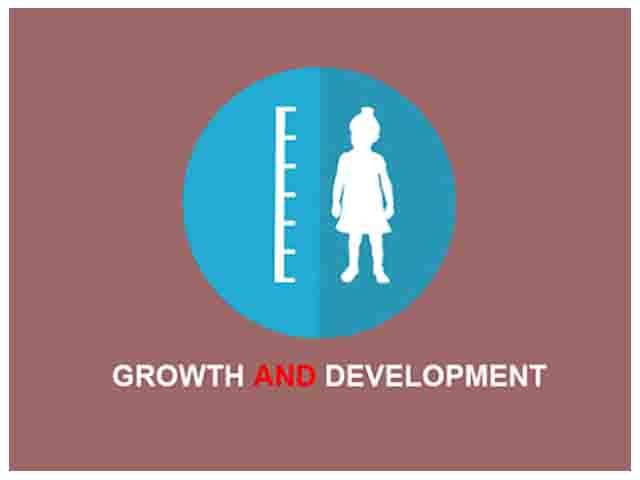Needs of Adolescence: A complete guide for a teacher
Needs of adolescence: At the time of formulating the objectives of education and framing the curricula, a teacher must take into consideration the needs and requirements of the adolescents. Because, unless the needs of the adolescents are reflected upon the system of education, it would merely be a waste and failure.
Therefore, a teacher must understand the special needs of adolescence. The term ‘need’ has been defined in various ways. E. C. Tolman defines a need as “a readiness or tendency to persist towards and perform a consummatory response”.
Murray defines a need as a hypothetical construct. It is the resultant of various physiological and social forces. One need succeeds another.
The Needs of adolescence are of many kinds. Broadly we can divide them into two categories-Primary and Secondary.
Primary needs-
These are also called physiological needs. They are called primary as they are fundamental for our existence. Such needs are hunger, thirst, sex, and rest. We cannot live without oxygen, food, and water.
Secondary needs-
All our social and psychological needs are grouped under secondary needs. The need for wealth and social status, leadership, social recognition, need for independence, security, love, and affection are some of the examples of secondary needs. In the absence of fulfillment of these needs, an individual remains maladjusted.
Adolescents experience a good number of needs both primary and secondary owing to their maximum development. At times they sacrifice their primary needs for the fulfillment of their secondary needs. What is needed, therefore, is a clear understanding of their special needs.
1. Gregarious need –
The gregarious instinct plays an important role during adolescence. The adolescent is more interested in the contemporaries and close associates. He continues to be a member of a gang or group. He tries to grow independent of his parents and falls in line with the activities of the group in the school and outside the school.
If misdirected, the impulse directs him to be a member of gangs of pickpocketers, cine-goers, truants, and vagabonds indulged in unsocial acts. The strikes and organized indiscipline in schools and colleges are because of a lack of proper direction and due to satisfaction of this need.
The adolescents should be encouraged to satisfy this need through participation in group activities such as Scouting, N.C.C. Social service squads, and Community activities.
2. Adventure need-
Owing to maximum physical development and heightened emotionality the adolescents like very much adventure. They come forward to get delighted by participating in all sorts of adventurous activities without any attention to their capacities and limitations. Even they fail to apprehend any danger in such activities.
They prefer activities of adventure like long cycling, mountaineering, swimming in rivers and seas, jumping from a high place, fighting with fire, moving, and hunting in forests. In the absence of proper direction, it takes the form of aimless wandering, vagabonding, and unsocial acts like strikes and demonstrations.
Even sexual acts mean a thrill and adventure for them. But properly directed, love of adventure can take the form of hiking, excursion, tours, social service, and scientific explorations.
3. Social or status needs –
In all acts, social or educational, the adolescent wants recognition may be in the form of praise, prize, cheer, gift, or reward. He is ambitious in achieving success and getting public recognition. To satisfy this need the adolescents are curious to participate in all sorts of competitions in and out of school. A teacher must take note of this need of the adolescents to organize a variety of co-curricular activities in the school as well as outside the school at the local, district, state, and national levels.
4. Need for independence and dependence –
The adolescent breaths a spirit of independence and freedom. He does not tolerate the interference and over-strictness of the parents and teachers. He wants freedom of self-expression and self-determination. For this tendency, he at times wants to break the barriers of social rules, regulations, and conventions when they stand before him as obstacles.
He strongly resents and protests the social conventions to achieve his goals. On the other hand, the adolescent also shows an attitude of dependence. The dependence, however, is not necessarily on parents, but on heroes found in real life, in history, or in literature. He wants inspiration from a hero whom he worships and who can guide him.
They develop an interest in studying biographies of great heroes like Gandhi, Nehru, Vivekananda, sportsmen, and other great men according to their area of interest. This need for dependence is also called the security needs as the individual tries to secure by the inspiration received from the parents, teachers, elders, and great-men
To understand the stage of adolescence and its chief characteristics, click here.



Comments are closed.